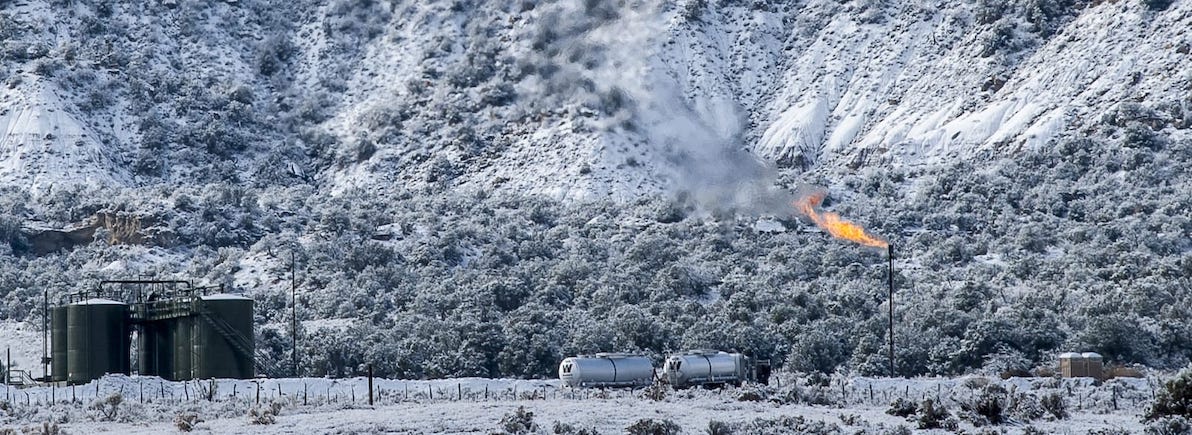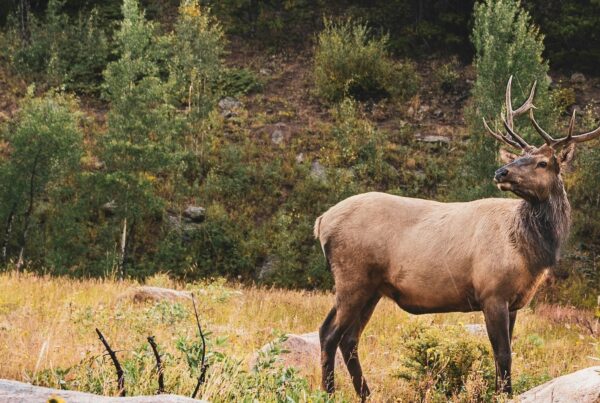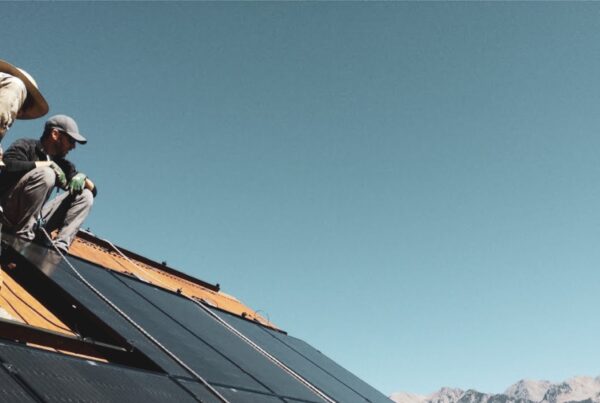TAKE ACTION: STOP METHANE WASTE
The comment window for this action alert has closed.
Thanks for your interest! To stay involved and receive updates, please sign up for our emails.
TAKE ACTION: Show your support for BLM’s new rule limiting methane waste nationwide!
The Bureau of Land Management (BLM) proposed a new rule for Federal and Tribal lands that reduces methane waste from venting and flaring at oil and gas sites. This proposed rule is a great first step in addressing this issue, but should go further to eliminate methane waste.
The BLM is accepting feedback until January 31st - take action today to help reduce methane waste! Use the portal below to comment.
BACKSTORY
What is Methane Waste?
The average oil and gas well emits methane as a byproduct of the extraction process. Methane is both a potent greenhouse gas, but also a valuable resource that can be captured and used for energy, improving the efficiency of wells. However, most operators waste this resource to get to the more “bang for your buck” resources below. Most wells waste methane in two main ways: flaring and venting. Flaring is the process of burning excess natural gas at a well, which is what you see in the photo above. Venting is the direct release of natural gas into the atmosphere, which is a smaller but more constant emission and only able to be seen by special cameras. Both venting and flaring methane waste can be eliminated when operators take reasonable precautions.
From the regulatory side, the BLM creates rules that operate as a federal floor regarding how much methane waste an operator can produce. States can then set higher standards for operators that go above the federal floor. In the past two years, both Colorado and New Mexico have set the strongest rules in the nation for methane waste, and the BLM is now working to catch up by raising the federal floor. The BLM’s new rule is a good and much needed first step, and it has our support! However, we need to encourage the BLM to do more to mimic the nation-leading rules in Colorado and New Mexico.
Why Do We Need to Regulate Methane Waste?
Methane waste happens on public land from leased public minerals, therefore the government has a duty to prevent the unnecessary waste of shared resources. In 2019, oil and gas operators vented or flared approximately 150 billion cubic feet of methane which is about $400 million of natural gas on federal and Tribal lands. To put it into perspective, 150 billion cubic feet is enough to meet the needs of 2.1 million households. That wasted gas also does not provide royalties to federal agencies to use for conservation purposes. So long as oil and gas wells are operating, they must be held to the highest standard of efficiency, especially when dealing with publicly-owned minerals.
Methane waste also contributes significantly to climate change. Methane is 80 times more potent than carbon dioxide, and here in the Four Corners we live in a methane hot spot. Methane also affects public health through interacting with other gasses in the atmosphere to create ozone, a harmful pollutant. Though reducing, and eventually eliminating, methane waste, we are no longer wasting an economically valuable resource and solely dealing with the climate and public health repercussions.
What’s in this new rule?
The BLM’s proposed rule raises the federal floor to address royalites on methane waste and minimize waste from routine venting and flaring at wellsites. If the rule is implemented as is, it would generate $39.8 million a year in additional royalties, which federal agencies can use to implement conservation and climate programs. Additionally, the BLM estimates that this rule could avoid an estimated 175,000-180,000 tons of methane emissions per year, roughly equivalent to 4.4-4.5 million metric tons of carbon dioxide emissions. This is also roughly equivalent to eliminating greenhouse gas emissions from 924,000 to 950,000 vehicles.
Key components of the draft BLM Methane and Waste Prevention Rule:
- Technology Upgrades: Specifically, the rule requires technology upgrades in vapor recovery for oil storage tanks and pneumatic equipment.
- Leak Detection Plans: The rule would require operators to maintain a Leak Detection and Repair (LDAR) program.
- Waste Minimization Plans: Under the proposed rule, operators must develop waste minimization plans demonstrating the capacity of available pipeline infrastructure to take the anticipated associated gas production.
- Monthly Limits on Flaring: There would be place, time, and volume limits on royalty-free flaring.
The draft BLM Methane and Waste Prevention Rule does a good job at raising the federal floor and taking the necessary steps towards addressing methane emissions on federal and tribal lands. However, the BLM could go further to elevate the federal regulatory floor to the clear waste prevention standards set by states like New Mexico and Colorado.
HOW TO COMMENT
The BLM is accepting feedback until January 31st. Use the portal below to comment.
Please personalize your comments. We encourage folks to reference their own experiences and personal concerns. For reference, we have a sample comment below. Feel free to edit this as you see fit.
YOU CANNOT COMMENT ON THIS PAGE.
EXAMPLE COMMENT
I am writing today to urge the Bureau of Land Management to adopt the proposed Waste Prevention, Production Subject to Royalties, and Resource Conservation rule. I strongly support the steps the BLM is taking to address methane waste nationally, and I want to encourage the BLM to continue moving in this direction. In addition to what is outlined in the proposed rule, the BLM should adopt similar waste prevention rules to those in Colorado and New Mexico.
Methane waste is a huge issue economically for the publicly owned minerals, but also for our nation’s climate impact. In 2019, oil and gas operators vented or flared approximately 150 billion cubic feet of methane which is about $400 million of natural gas on federal and Tribal lands. To put it into perspective, 150 billion cubic feed is enough to the needs of 2.1 million households. That wasted gas also does not provide royalties to federal agencies to use for conservation purposes. I am supportive of and excited by the increased federal royalties the proposed rule would bring in. Additionally, those royalties should be used to address the climate crisis, caused in part by the oil and gas industry.
Methane waste also contributes significantly to climate change. Methane is 80 times more potent than carbon dioxide, and here in the four corners we live in a methane hot spot. Methane also affects public health through interacting with other gasses in the atmosphere to create ozone, a harmful pollutant. Though reducing, and eventually eliminating, methane waste, we are no longer wasting an economically valuable resource and solely dealing with the climate and public health repercussions. The proposed rule makes great strides towards lowering a significant portion of methane emissions, and I am eager to see the BLM go further to eliminate methane waste.
The draft BLM Methane and Waste Prevention Rule is an important start in raising the federal floor and taking the necessary steps towards addressing methane emissions on federal and tribal lands. I support the rule’s impact on lowering waste, increasing royalties, and lowering climate impacts. However, I strongly encourage the BLM to go further to elevate the federal regulatory floor to the clear waste prevention standards set by states like New Mexico and Colorado.
Thank you for your time.




